Johnson is the executive director of the Election Reformers Network. Penniman is the founder and CEO of Issue One and author of “ Nation on the Take: How Big Money Corrupts Our Democracy and What We Can Do About It.”
Watching election night on cable or network news is a great national tradition. Memorable moments arise as the networks announce their projections in key states. Anchors and commentators demonstrate extraordinary understanding of the unique politics of hundreds of cities and counties across the country. As the results of the most consequential election on the planet unfold, there’s a powerful sense of shared witness.
But our polarized politics has revealed a serious flaw in election night coverage. As disinformation abounds, it is increasingly important for voters to know how the actual, legally certain election results are determined. And right now, voters are not seeing enough of that information on their screens on election night.
Projections by CNN, Fox and other outlets serve an important function. They give voters a statistically based prediction of who the actual winner will likely be once states complete their careful processes in the weeks after Election Day. But these projections have no official status, and news anchors typically don’t do enough to make that clear. News programs also need to include segments that explain how the actual results are verified and certified.
Four years after November 2020, we still have a dangerous level of disagreement and uncertainty across America about the critical fact of who won that presidential election. By far the main reason for this uncertainty is the unwillingness of Donald Trump to accept his defeat, a defeat confirmed by multiple audits and recounts and by the outcome of more than 60 court challenges across the swing states.
But we should acknowledge that uncertainty arises in part because America has a very complicated presidential election system that can be hard for citizens to really understand. Different rules in every state create differences in how Americans vote and how and when vote counts are verified and certified. Court cases play a critical role in the legal certainty of results but are hard for voters to learn about and understand. And the election happens in two phases — the vote of the people and then the vote of the electors the people have selected — and that combination creates confusion.
There is a risk that network projections on election night can add more uncertainty. Something called a “projection” inherently implies uncertainty, since it could possibly be reversed. And projections suggest subjectivity, since different news outlets reach different conclusions about whether a state is ready or still too close to call.
We cannot let who won the presidency be a subjective question, a matter of opinion — it must be understood as a matter of fact and law. For that to happen, we need to help Americans see and understand the legal processes that do in fact render a certain answer to the big question of who won.
These are the reasons we have cosigned, with a broad, bipartisan array of organizations, an open letter to election reporters and election news anchors. The letter is an initiative of the Election Reformers Network developed with bipartisan support from The Carter Center, the Gerald R. Ford Presidential Foundation Issue One and other organizations.
The letter asks that news organization use some version of the following phrasing every time a state result is projected:
- "This is just a projection. The actual results will be final when every vote is counted, officials verify and certify the outcome, and any challenges are resolved in court.”
The letter also urges reporters to reassure voters that accuracy matters more than speed, by using a phrase such as:
- “Counting the votes takes time, and election results are not final until officials verify and certify the results. We expect [STATE] to certify its official results by [DATE]."
Lastly, the letter encourages election night programs to include brief segments that explain the upcoming post-election verification and certification phases in the key swing states. Such segments could also provide brief explanations of the reason behind the timing of release of results so that delays do not cause creating concerns. Pennsylvania law, for example, does not allow election officials to pre-process absentee ballots before Election Day, as other states do, and for this reason results may be delayed there and networks likely will not be able to project a winner in Pennsylvania on election night.
There is of course a serious risk that the 2024 election could result in the same division in public opinion that plagued 2020, with one side refusing to accept the legally validated outcome. But even if that happens, how reporters and news networks talk about the real results process could have a significant impact on reducing susceptibility to ungrounded claims.
Americans learn a lot about our country on election night, as anchors zoom in on the political details of pivotal swing counties across the states. This year it’s time for Americans to also learn a lot about America’s election process on election night.
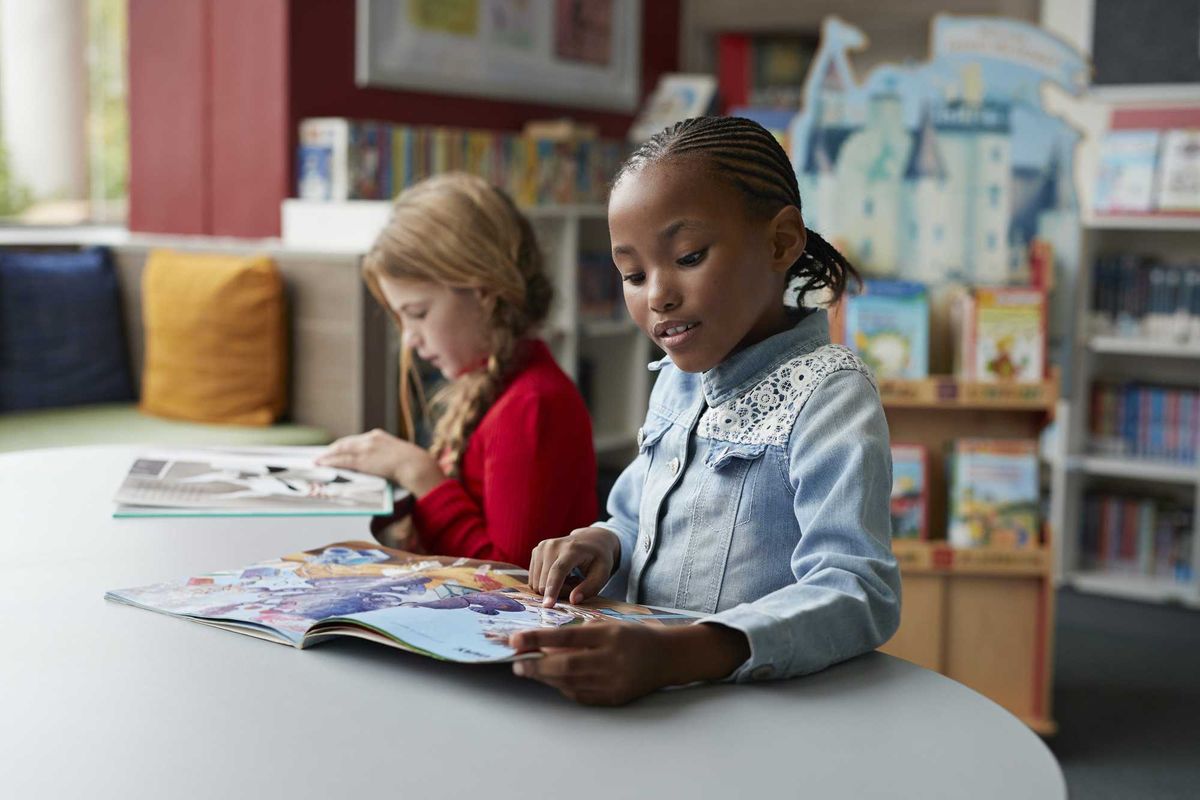



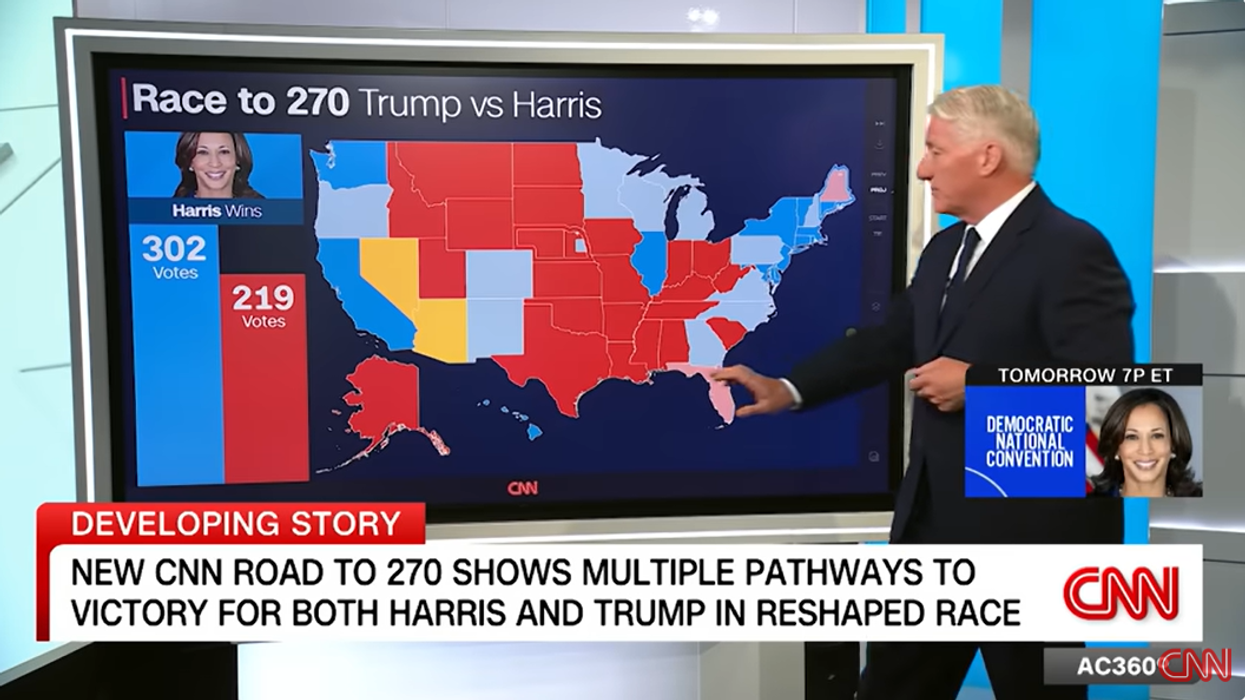
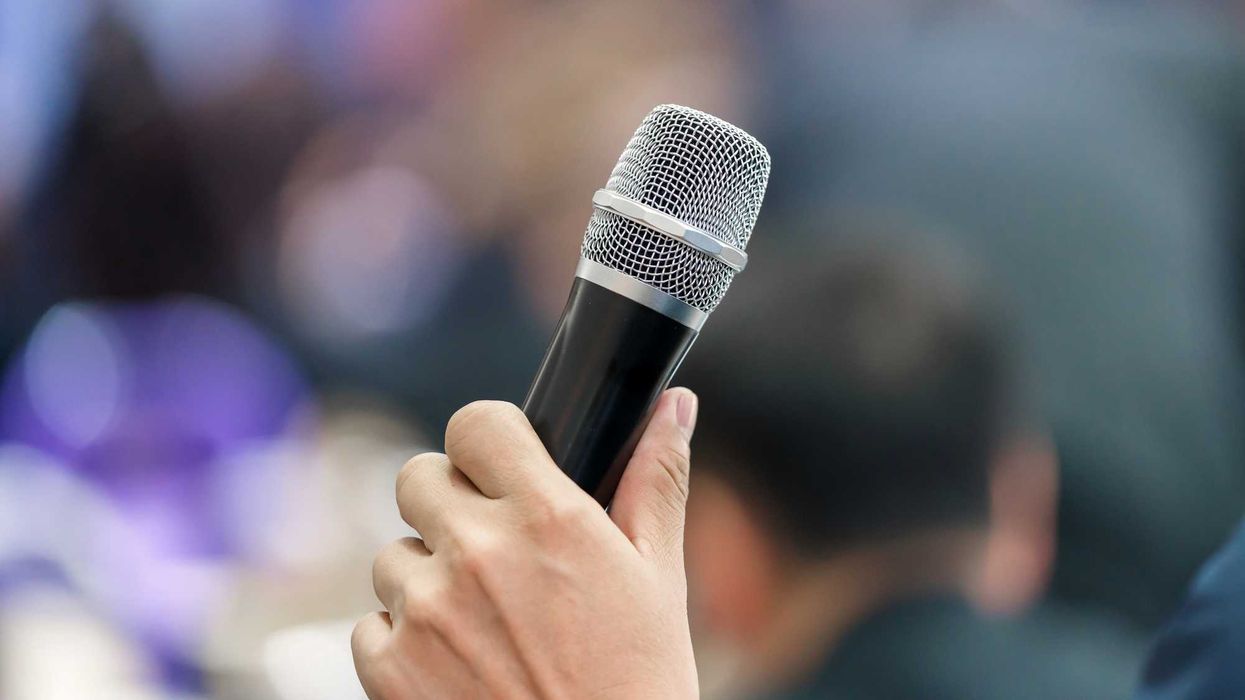


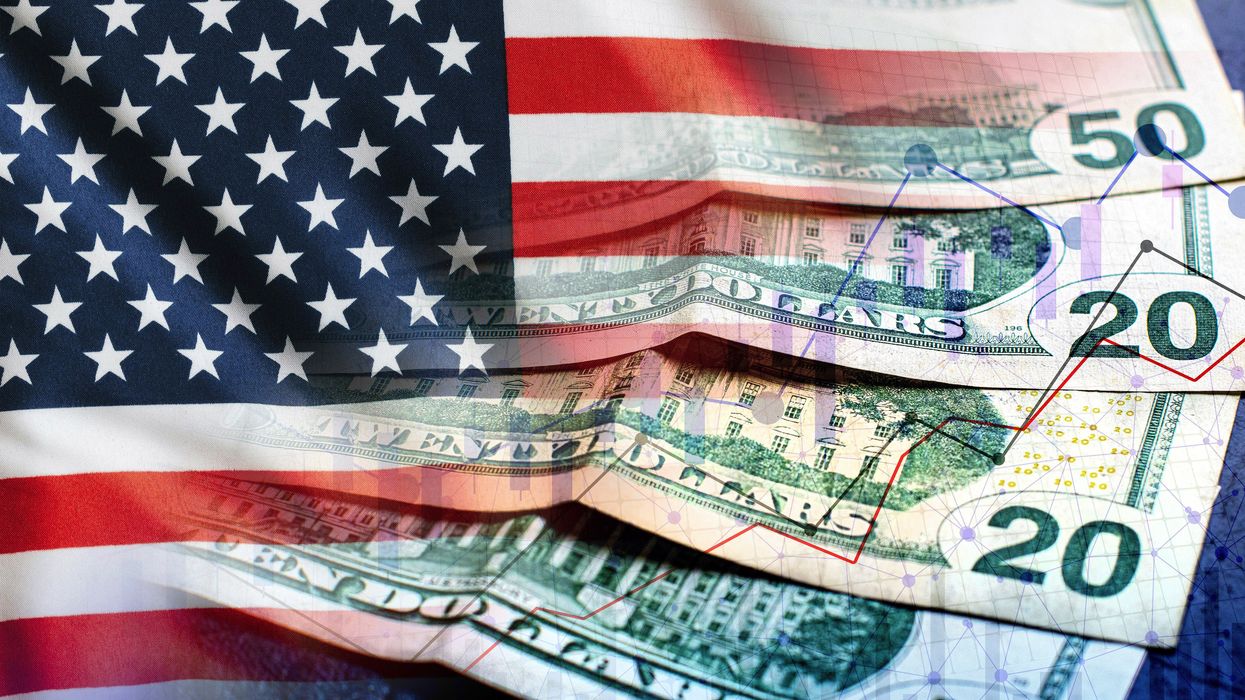
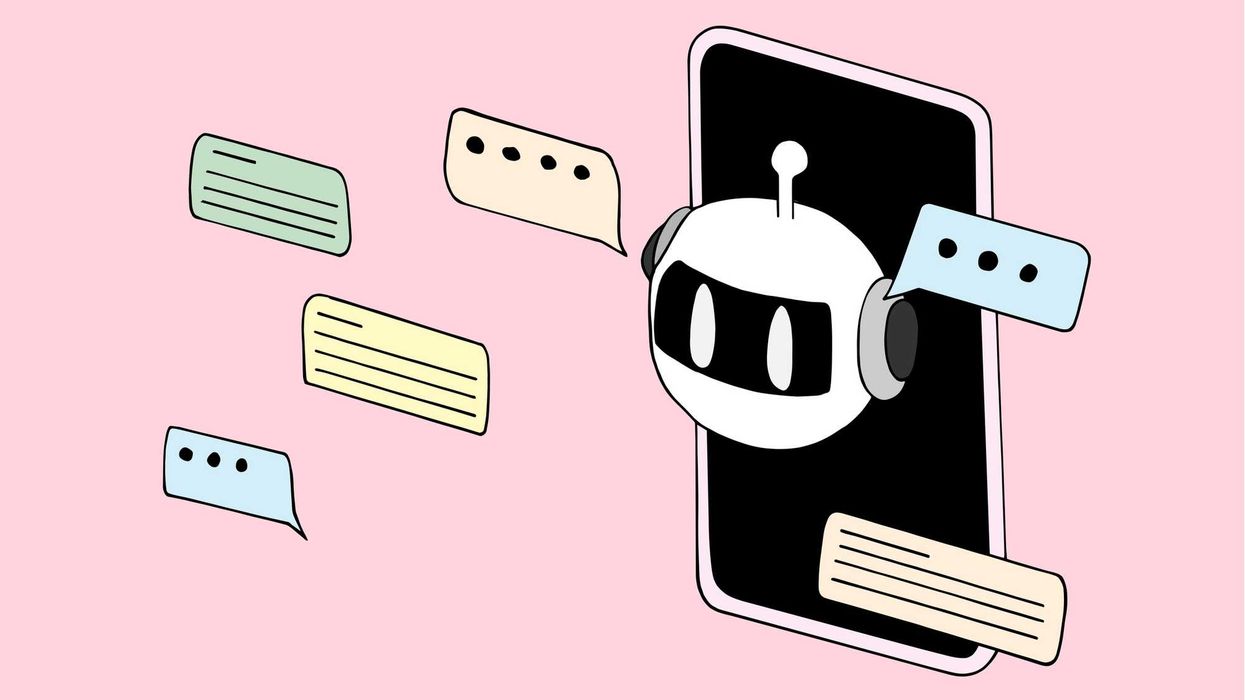








A deep look at how "All in the Family" remains a striking mirror of American politics, class tensions, and cultural manipulation—proving its relevance decades later.
All in This American Family
There are a few shows that have aged as eerily well as All in the Family.
It’s not just that it’s still funny and has the feel not of a sit-com, but of unpretentious, working-class theatre. It’s that, decades later, it remains one of the clearest windows into the American psyche. Archie Bunker’s living room has been, as it were, a small stage on which the country has been working through the same contradictions, anxieties, and unresolved traumas that still shape our politics today. The manipulation of the working class, the pitting of neighbor against neighbor, the scapegoating of the vulnerable, the quiet cruelties baked into everyday life—all of it is still here with us. We like to reassure ourselves that we’ve progressed since the early 1970s, but watching the show now forces an unsettling recognition: The structural forces that shaped Archie’s world have barely budged. The same tactics of distraction and division deployed by elites back then are still deployed now, except more efficiently, more sleekly.
Archie himself is the perfect vessel for this continuity. He is bigoted, blustery, reactive, but he is also wounded, anxious, and constantly misled by forces above and beyond him. Norman Lear created Archie not as a monster to be hated (Lear’s genius was to make Archie lovable despite his loathsome stands), but as a man trapped by the political economy of his era: A union worker who feels his country slipping away, yet cannot see the hands that are actually moving it. His anger leaks sideways, onto immigrants, women, “hippies,” and anyone with less power than he has. The real villains—the wealthy, the connected, the manufacturers of grievance—remain safely and comfortably offscreen. That’s part of the show’s key insight: It reveals how elites thrive by making sure working people turn their frustrations against each other rather than upward.
Edith, often dismissed as naive or scatterbrained, functions as the show’s quiet moral center. Her compassion exposes the emotional void in Archie’s worldview and, in doing so, highlights the costs of the divisions that powerful interests cultivate. Meanwhile, Mike the “Meathead” represents a generation trying to break free from those divisions but often trapped in its own loud self-righteousness. Their clashes are not just family arguments but collisions between competing visions of America’s future. And those visions, tellingly, have yet to resolve themselves.
The political context of the show only sharpens its relevance. Premiering in 1971, All in the Family emerged during the Nixon years, when the “Silent Majority” strategy was weaponizing racial resentment, cultural panic, and working-class anxiety to cement power. Archie was a fictional embodiment of the very demographic Nixon sought to mobilize and manipulate. The show exposed, often bluntly, how economic insecurity was being rerouted into cultural hostility. Watching the show today, it’s impossible to miss how closely that logic mirrors the present, from right-wing media ecosystems to politicians who openly rely on stoking grievances rather than addressing root causes.
What makes the show unsettling today is that its satire feels less like a relic and more like a mirror. The demagogic impulses it spotlighted have simply found new platforms. The working-class anger it dramatized has been harvested by political operatives who, like their 1970s predecessors, depend on division to maintain power. The very cultural debates that fueled Archie’s tirades — about immigration, gender roles, race, and national identity—are still being used as tools to distract from wealth concentration and political manipulation.
If anything, the divisions are sharper now because the mechanisms of manipulation are more sophisticated, for much has been learned by The Machine. The same emotional raw material Lear mined for comedy is now algorithmically optimized for outrage. The same social fractures that played out around Archie’s kitchen table now play out on a scale he couldn’t have imagined. But the underlying dynamics haven’t changed at all.
That is why All in the Family feels so contemporary. The country Lear dissected never healed or meaningfully evolved: It simply changed wardrobe. The tensions, prejudices, and insecurities remain, not because individuals failed to grow but because the economic and political forces that thrive on division have only become more entrenched. Until we confront the political economy that kept Archie and Michael locked in an endless loop of circular bickering, the show will remain painfully relevant for another fifty years.
Ahmed Bouzid is the co-founder of The True Representation Movement.